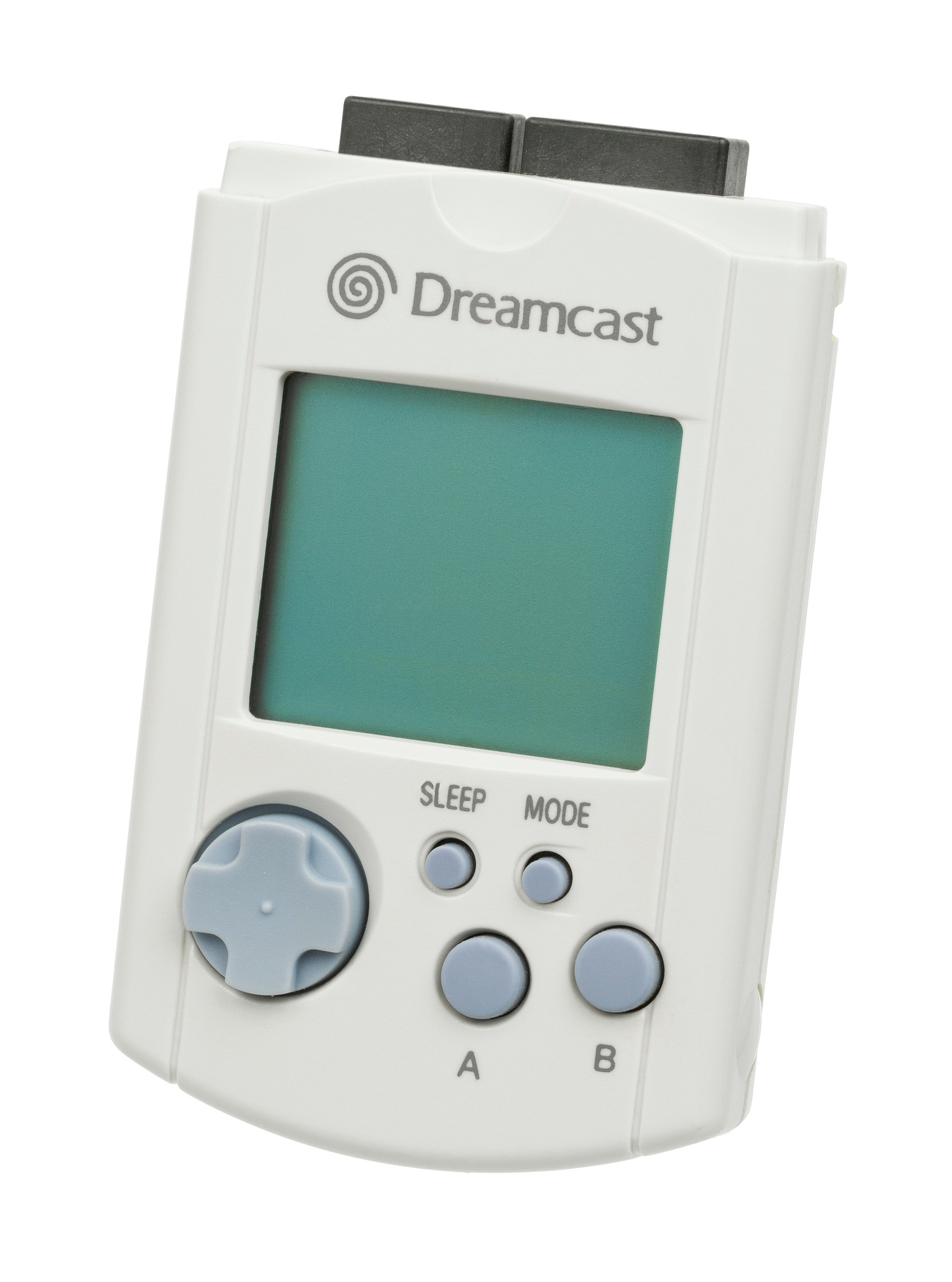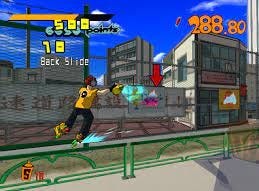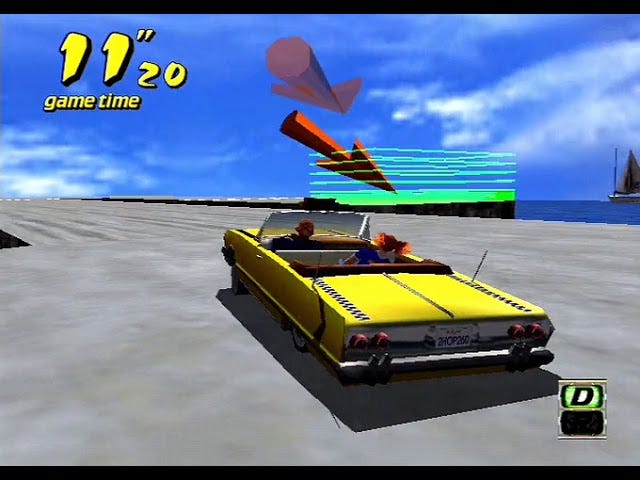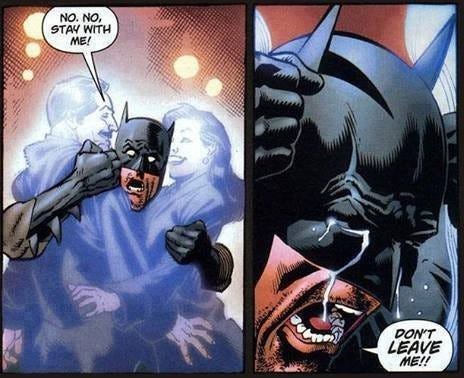In the first half of Twilight of the Blue Hedgehog, we looked at the Sega Saturn: Sega’s 32bit console that failed to stick the landing outside of Japan. In that piece, I concluded that the Saturn was ultimately judged quite fairly, despite its dedicated fanbase, as the weakest console of its generation and the staggering prices of its best games make it not worth the purchase today.
This time we’ll be discussing the Dreamcast: Sega’s final video game console and why, despite its excellent library, charming aesthetic and unique features, it was ultimately smothered in the cradle.
Background
By 1997 it was clear behind the scenes at Sega that the company’s issues were becoming terminal. Sega of America and Sega of Japan were caught in endless bickering, the company was bleeding money, had lost considerable prestige and had been dominated by Sony even worse than Nintendo, so plans were quickly made for a new console, one that would be cheaper to produce than the Saturn and inject some cash into the ailing Japanese giant.
The Dreamcast was put together with off-the-shelf parts (as opposed to using expensive, custom-made components) fitted with one of Sega’s arcade motherboards and sent out into the market in 1998 in Japan and 1999 everywhere else as the first console of the 6th generation, predating the PS2 by almost a year and a half on home turf.
While the Dreamcast did ultimately fail, it doesn’t carry the kind of bad smell that the Saturn does. The Dreamcast sold almost the same number of consoles as the Saturn despite spending barely half the time of its predecessor in the market, its design went on to heavily influence the Xbox, its games received popular sequels on competing hardware post mortem and it enjoys endless homebrew, fan ports and appreciation from those who enjoy it, like myself.
Part 1: Box of Dreams
This is the beloved Dreamcast: specifically the NTSC or NTSC-J model; the European Dreamcast has a blue swirl instead of orange.
In terms of aesthetics and form-factor? I think the Dreamcast is the greatest console of all time. The Dreamcast is roughly the same size as the PS1 but less wide, making it easy to store and fit in around other consoles; it was also the first video game console ever to have internet functionality. This little guy has a modem port on the back and official mouse and keyboard accessories, that means that back in the day, you could play some Quake with this thing against PC players. Speaking of PC, you’ll no doubt notice from the small text that the Dreamcast had its own version of Windows CE included, this meant that PC ports to this console were dead easy.
Getting back to the aesthetics though… look at that colour, it is just beautiful and a stark contrast to the black boxes everyone else was putting out. The original PS2: the fat one, was a big black rectangle, the Nintendo 64 was black and grey, the Saturn was a big black box too, compared to those? The Dreamcast has a very refreshing, clean look and its controller, with the little thruster-like grips evokes space and wonder.
That controller… let’s talk about it. I’ve mentioned before that I think the Dreamcast gamepad is the Nintendo 64’s with all of its issues fixed; gone is the unlubricated, hard plastic, flaky analogue, instead it’s been moved off to a better spot and it’s hall effect too: the first analogue on a mainstream controller to use the magnet technology to prevent drift. The D-pad isn’t for everyone on the Dreamcast controller, but it is for me. It’s hard to capture in pictures but the centre of it is raised by a hard plastic piece so instead of pressing 4 different buttons, you’re essentially moving around a single, large plastic ‘+’ and I really like that. The triggers on the back of the pad bear a strong resemblance to the Xbox’s in both their appearance and feeling, that’s to say that they’re amazing.
But I’ve been skirting around the elephant in the room: the VMU: the Visual Memory Unit.
The Dreamcast controller has two accessory slots so that you can fit your VMU memory card into the controller while enjoying features like vibration. This little device (which takes 2 CMOS batteries, thanks Sega) holds your save games, displays info. and can play little bonus games from your library; most Dreamcast owners will remember the Chao Garden from Sonic Adventure and how you could take the little blue buggers for a walk like Tamagotchi. If you just want to save your games though, the controller itself will power the unit enough to display things and to read and write data.
I’ve been gushing for ages now, the point is that the Dreamcast looks spectacular and was filled to the brim with novel hardware and innovation.
Part 2: Perfect Harmony
The bitter pill to swallow in regards to the Dreamcast is that at last, in their final moment as a console manufacturer, Sega finally achieved the goal they had been striving towards for almost 2 decades: perfect arcade ports. The Sega Saturn came close but was an overcomplicated, overpriced machine that still fell short, more than this though, the Dreamcast was a Sega console where you could play ‘proper’ video games too. Whereas the Saturn only paid lip-service to the genres and design popular on its competitors’ platforms, the Dreamcast was packed with contemporary-feeling titles and thanks to the onboard Windows CE, the PC versions of many PlayStation 1 classics were ported to the Dreamcast flawlessly, becoming the best ways to play even today as retro PC games are notoriously difficult to get running on modern hardware and returning to the PlayStation 1, even for retro heads like me, can be quite painful.
The Dreamcast library is defined by one thing: character. Nothing else looks or feels like a Dreamcast title.
My apologies for the mixed bag of image sizes.
Looking at these images: at Jet Set Radio, Crazy Taxi and Shenmue, you can see the console was capable of an incredible level of colour and detail while its use of a GD-ROM medium instead of CD-ROM and the halfway-90’s, halfway-early 2000’s technology give the Dreamcast’s games a distinctly sharp yet un-PS2-like appearance.
Unlike the Saturn, there was a healthy supply of games from almost every genre on the Dreamcast too. I’ve already mentioned some arcade games like Crazy Taxi but this is barely scratching the surface and if you liked shooters there were games like Quake, Rainbow Six: Rogue Spear and Soldier of Fortune, survival horror fans were treated to a Dreamcast exclusive Resident Evil: Code Veronica, along with the definitive versions of RE 2 and 3 and like the Saturn, the Dreamcast had amazing versions of the Capcom 2D fighters and was also the birthplace of Soul Calibur on home consoles.
If you like video games and have a functioning brain stem, you will find something to like on Dreamcast.
Part 3: An Undeserved Fate
This article has become a bit of a gush fest, so by now you must be wondering “If the Dreamcast was that amazing, why did it fail?” The truth is, as
so wisely put it in his own publication (the best place on Substack if you like the Dreamcast, by the way) the console was dead before it even launched.Despite its cheap price, many gamers were still unwilling to try the Dreamcast because the PS2 was close to release, this meant that Sega had to lower the retail price, further accelerating their bankruptcy and then, post-PlayStation 2, I seem to remember seeing somewhere that they went as far as giving the console away for free if you signed up to their online services but I can’t find a source for that as of time of writing. Sega’s reputation suicide in the Saturn era also did irreparable damage to their future business.
Adding to this dire situation, Sony’s sly jabs at Microsoft in the PS2’s marketing woke up the sleeping giant and rumours that Microsoft were interested in entering the gaming market led Sega to the conclusion that they would soon be ousted; Windows CE was a version of that operating system made for mobile devices, if Microsoft arrived with their own hardware running full-fat Windows, the Dreamcast would be crushed.
In January 2001 after about a year and a half in the market in the West and almost 3 years in Japan, Sega capitulated, leaving the console wars forever.
Ahem…
The Dreamcast’s tale is a sad one. It was a console that did everything right: great games, innovative hardware, strong branding and passionate fans, but sometimes it is just too late. As the 2000’s rolled by, Sega’s properties found new homes: especially on the Xbox and on frenemy territory with the Gamecube but Dreamcast fans remember what was lost and as unlikely as it may be, millions would love to see this iconic white box rise from the ashes and for Sega to give it just one last shot.
I’m pleased to have finally published this (long overdue) follow up to my piece on the Sega Saturn. I won’t be including a poll this week as I have several posts in the editing tray that I plan to release soon.
In early June, once The Nintendo Lineage series is finished I will be taking a short hiatus: something like 7-10 days while I enjoy the Switch 2 launch and take a break after what has been about 2 months of prolific posting.










I just got my black Sega Sports Edition Dreamcast out of storage. So stoked to play. Truly one of the greatest consoles of all time. Might have to finally beat Floigan Bros.
The Dreamcast was a fighting game fan's dream—well, to be honest, it was a Capcom fighting game fan's dream. While a lot of good ports and games came from Sega, I have a lot of Capcom Dreamcast games. They also had the original release of Code: Veronica, among other games.
It's a shame how close to the sun this console got, but a lot of things in Sega's control kept them from another Sega golden age. Part of me still wishes Sega would try to make another console and just go insane with out-of-the-blue concepts.